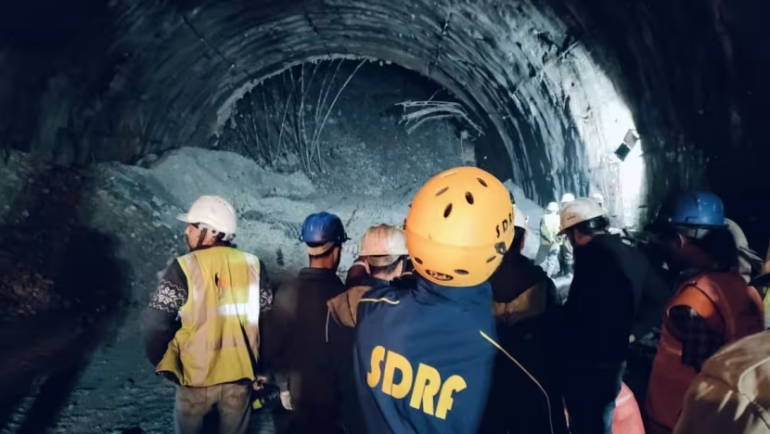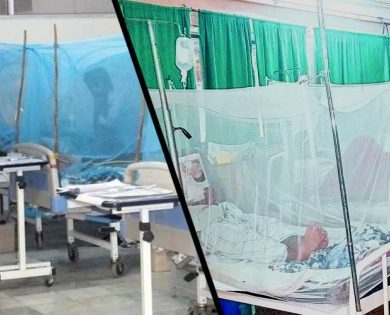Rescue operation persists for the fifth consecutive day as efforts intensify to reach 40 men trapped inside a collapsed highway tunnel in India’s northern state of Uttarakhand. Progress remains slow, with rescue teams utilizing an advanced drilling machine from New Delhi to penetrate the debris, a challenging task that commenced on Thursday.
Authorities express confidence in the efficiency of the newly deployed drilling machine, emphasizing its potential to expedite the rescue mission. The strategic plan involves creating a passage by drilling through rock and soil to facilitate the safe evacuation of the trapped individuals.
As of Thursday morning, drilling efforts have successfully penetrated approximately 3 meters (10 feet) of debris, with an additional 60 meters to cover, according to officials. The state’s top disaster management officer, Ranjit Sinha, revealed that the machine can drill through 2-2.5 meters of rock per hour.
Two of the trapped construction workers experienced symptoms of nausea and headaches as they endure their fifth day confined behind the rubble. Officials assure that necessary provisions, including electricity, water, and food, are being supplied to the trapped individuals.
V.K. Singh, federal deputy minister for road transport and highways, expressed optimism about the rescue mission, highlighting the high morale among those trapped.
Singh mentioned that Indian agencies involved in the rescue effort are consulting international experts from Austria, Norway, and Thailand. However, details about the nature of these consultations were not provided.
The 4.5 km (3 mile) tunnel is a crucial component of the Char Dham highway, a major infrastructure project of Prime Minister Narendra Modi’s government. The ambitious $1.5 billion initiative aims to connect four Hindu pilgrimage sites through an extensive network of roads spanning 890 km (550 miles).
The trapped individuals have been receiving essential supplies, including food, water, and oxygen, through a pipe, maintaining communication with rescuers via walkie-talkies. Singh reassured the public of the government’s commitment to saving all those trapped, emphasizing the positive outlook despite the challenging circumstances.
While the cause of the tunnel collapse remains undisclosed, the region’s susceptibility to landslides, earthquakes, and floods raises concerns. The Char Dham highway project has faced criticism from environmental experts, leading to work halts in January due to subsidence-related damages to hundreds of houses along the route.
Notably, the federal government asserts the use of environmentally friendly techniques in the project’s design to enhance safety in geologically unstable areas. A makeshift hospital with six beds has been established near the tunnel to address any medical needs the rescued individuals may have upon evacuation.



